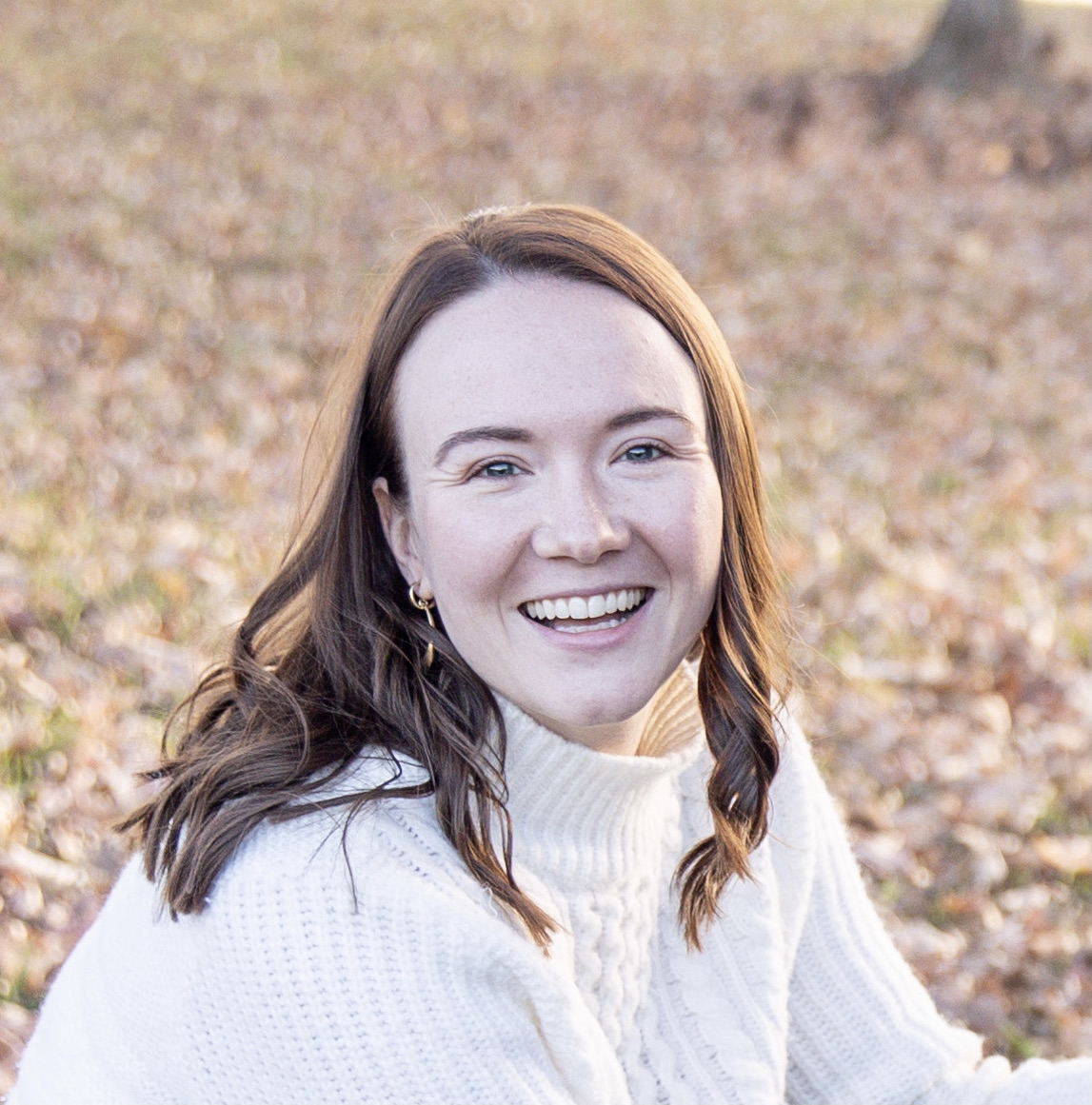About Me
I am an Assistant Professor in the Department of Physics and the Program in Statistical & Data Sciences at Smith College. I recently completed a postdoctoral position in the Cosmological Physics and Advanced Computing Group at Argonne National Laboratory. My research lies at the intersection of large-scale structure, galaxy formation, and cosmology, and is driven by the following questions:
- What are the properties of dark energy and dark matter?
- Does the standard model of cosmology accurately predict galaxy clustering on small scales?
- What is the relationship between galaxies and the overdense regions of dark matter (known as dark matter halos) in which they live?
- How can we take full advantage of the wealth of information contained in current and future galaxy surveys?
My research involves building new models of the galaxy-halo connection, which we can use to make predictions for observables such as galaxy clustering. Comparing our predictions to observations of the real Universe allows us to improve our understanding of the growth of structure in the Universe and ultimately constrain our cosmological model. In my work I utilize a combination of simulations, forward modeling techniques, and data from spectroscopic redshift surveys. I am an active member of the Dark Energy Spectroscopic Instrument (DESI) Collaboration and have also worked extensively with data from the Sloan Digital Sky Survey (SDSS). I am also a member of the LSST Dark Energy Science Collaboration (DESC).
I care about inclusion and equity, both in academia and more broadly, and I am committed to improving inclusiveness and equity in my circles of influence.
I received my PhD in Astrophysics from Vanderbilt University in 2022 with Andreas Berlind. (Take a look at my academic genealogy here.) Prior to graduate school, I received BA in Astrophysics from Wellesley College in 2016. I also minored in German, and spent a semester at Jacobs University in Bremen, Germany.
During college, I sampled a wide variety of research areas within astronomy. At Wellesley, I used the 24-inch reflecting telescope to do follow-up observations for exoplanet candidates as part of the Kilodegree Extremely Little Telescope (KELT) project. I spent the summer of 2013 in the Berkshires of western Massachusetts, using the 24-inch telescope at Williams College to observe and characterize variable stars. During the summer of 2014, I used the 2.3 meter telescope at the University of Wyoming to take images of nearby galaxies and investigate their radial star formation histories. Finally, I spent the summer of 2015 at Caltech working on characterizing noise in the Advanced LIGO detectors.
I graduated from Bishop George Ahr High School (now St. Thomas Aquinas High School) in Edison, New Jersey in 2012. I attended the New Jersey Governor’s School in the Sciences in the summer of 2011. I first started telling people I was going to become an astrophysicist when I was about 8 years old.
In my spare time I like to play tennis, hike, play my violin, and play with my dog Gadget.
Gadget is also a scientist! He is a (remote) participant in the Gifted Dog Research Group within the Department of Ethology at Eotvos Lorand University in Budapest, Hungary. The group is focused on understanding what makes Gifted Word Learner dogs different from other dogs, how they learn object names and how this compares with human infants, and how learning words affects their mental representation of their environment. Gadget currently knows the names of over 80 toys, and has been involved in several published papers:
- A citizen science model turns anecdotes into evidence by revealing similar characteristics among Gifted Word Learner dogs
- Dogs extend verbal labels for functional classification of objects
- Sound quality impacts dogs’ ability to recognize and respond to playback words
Please reach out if you’d like to discuss anything from cosmology to Roger Federer to Mahler to dog cognition!
